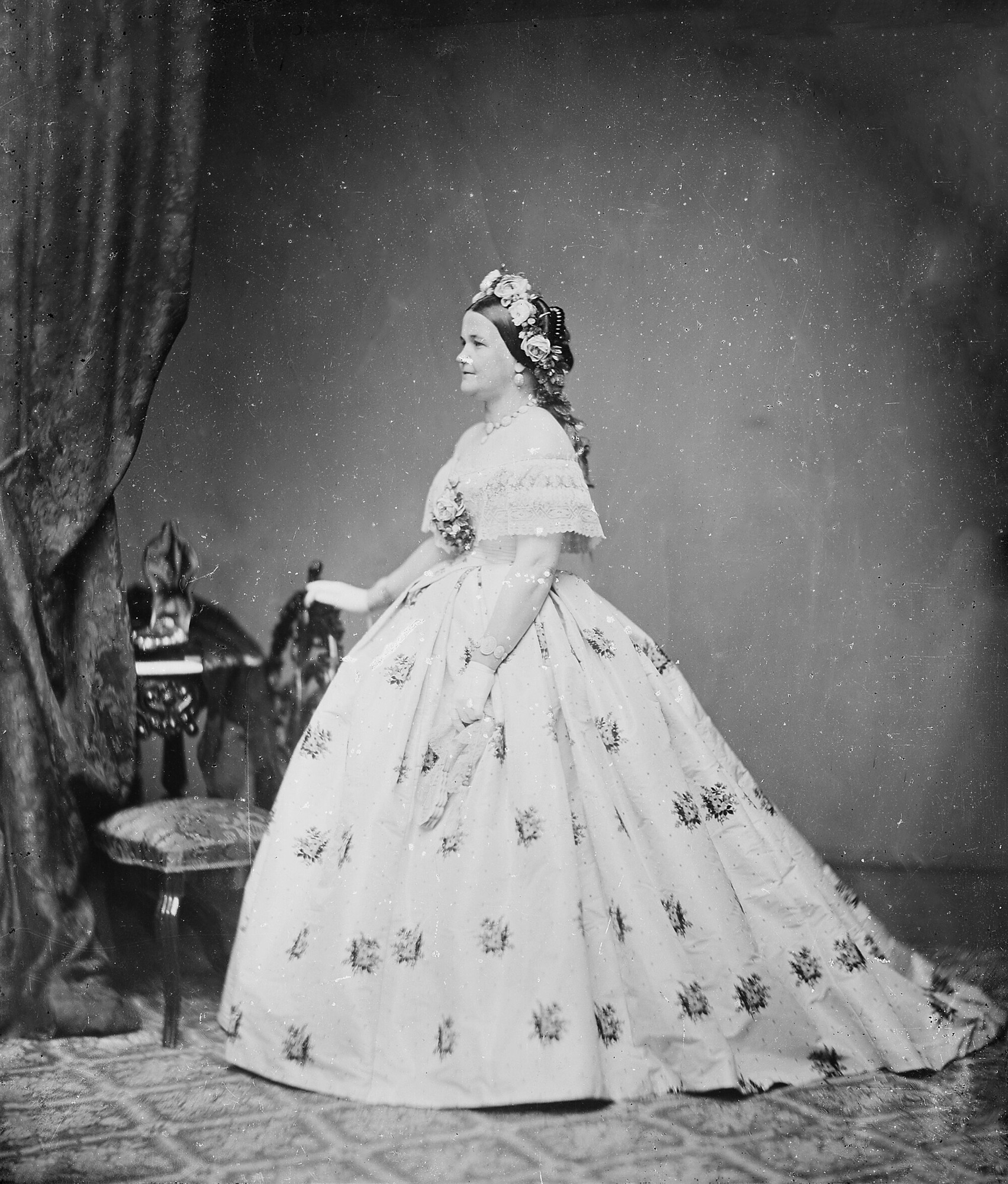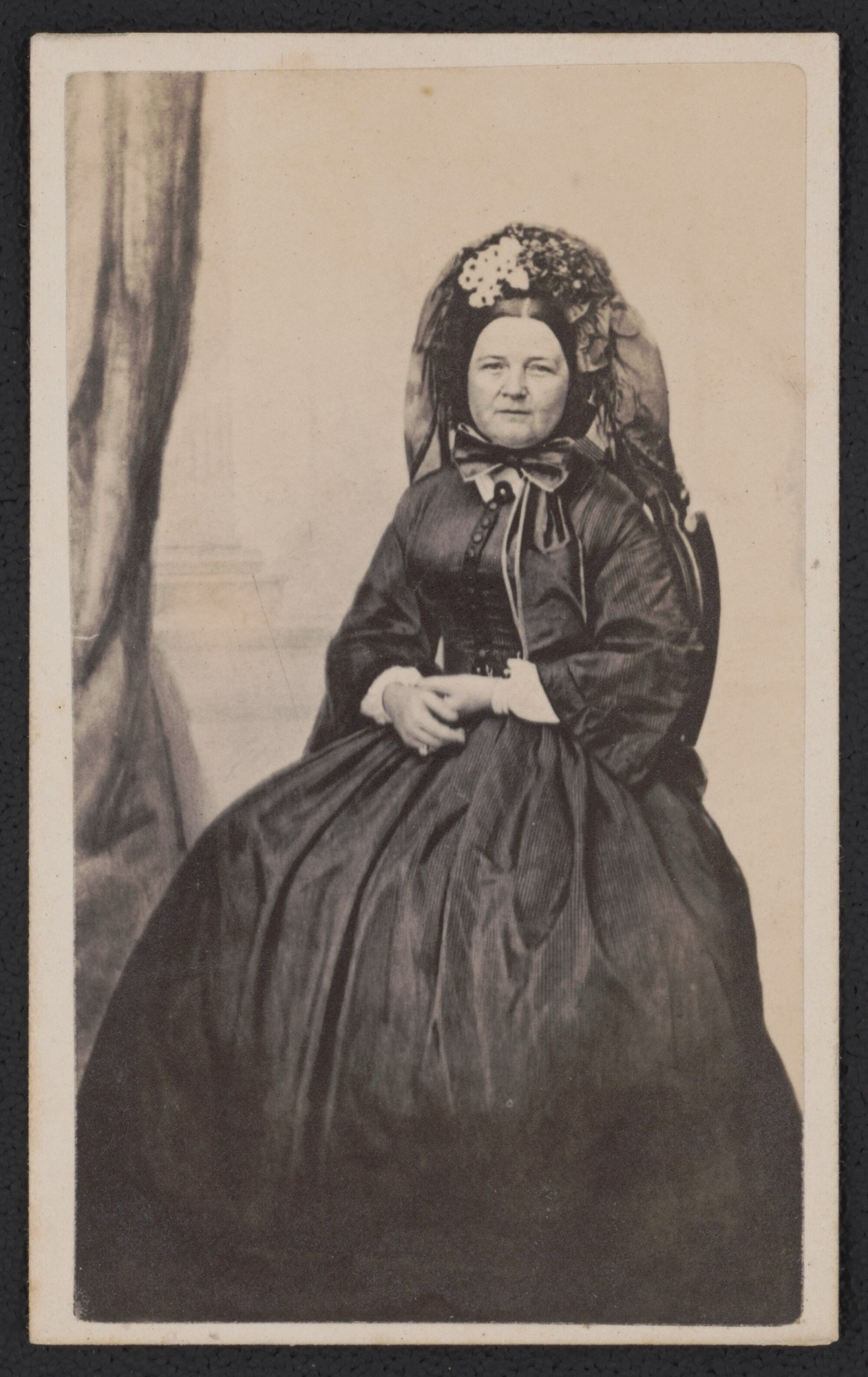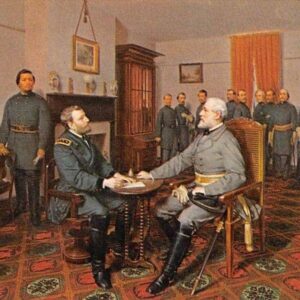Abraham Lincoln, stoic, principled, and tragic, looms large in the public imagination. Mary Todd Lincoln, however, was a brilliant, aspirational, and deeply emotional woman who stood behind the legend. Instead of being a romantic ideal, their marriage was a complicated alliance built on mutual respect, politics, and grief.

Courtship in a Divided Nation
She was raised in a Kentucky mansion; he in a frontier cabin. She spoke French and read Shakespeare; he quoted law books and wrestled with melancholy. Their courtship began with a clumsy dance in Springfield and nearly ended with a broken engagement on the “fatal first of January.” But love, like the Union itself, endured its trials. Quietly reunited, they defied family expectations and forged a partnership that would weather war, grief, and the weight of a presidency. Mary was more than a First Lady—she was a strategist, shaping Lincoln’s public image and political ascent with a keen understanding of power and persuasion. This is not just a love story—it’s a portrait of intimacy and ambition in an era of fracture.

A Political Partnership
Mary Todd Lincoln was more than just the First Lady. She was a strategist, a political partner, and a woman who suffered immense tragedy while under the constant watch of the public. While one of her sons died in the White House, she would ultimately lose three of her four children, endure the colossal stress of the Civil War, and face relentless attacks from a divided press. People dismissed her intense emotions as ‘madness,’ but today it appears to be the immense cost of her central role in history.
She helped Lincoln choose people for government jobs, used White House social events for political advantage, and fiercely protected his reputation, even when her Southern family ties drew false accusations of treachery. The public’s intense outrage over her sister Emilie Todd Helm, a Confederate widow, visiting the White House was aimed largely at Mary. After Lincoln’s assassination, her son Robert had her institutionalized, marking a tragic end to her anguish, loneliness, and public shaming.
Today, historians are changing how they view her legacy. Mary Todd Lincoln was not merely a tragic figure; she was a strong, politically active woman whose life reflected the immense complexities of a country at war with itself.

Grief and Loyalty
Mary’s grief was profound and lifelong. Her emotional volatility, often misunderstood, was rooted in trauma. Yet Lincoln remained patient and loyal. He once said, “I have never fallen out of love with her.”
Legacy Beyond the Legend
Mary was inconsolable after Lincoln died. Secretary of War Edwin Stanton sent her away from Lincoln’s deathbed at Petersen House, and for the next few weeks she stayed alone at the White House, pacing the rooms they used to share and refusing to meet visitors. She was remembered by a friend who said that her anguish was “the wails of a broken heart.” She departed the Executive Mansion on May 22, 1865, with her son Tad. This started a long, nomadic widowhood filled with grief, money problems, and feeling alone. For the remainder of her life, she wore black and called Lincoln “my beloved husband.”
Their narrative shows us that history is not just made up of speeches and battles. It’s also made up of the behind-closed-doors and complicated relationships between people and the sadness that stays with us long after the crowds have gone.










Leave a Reply